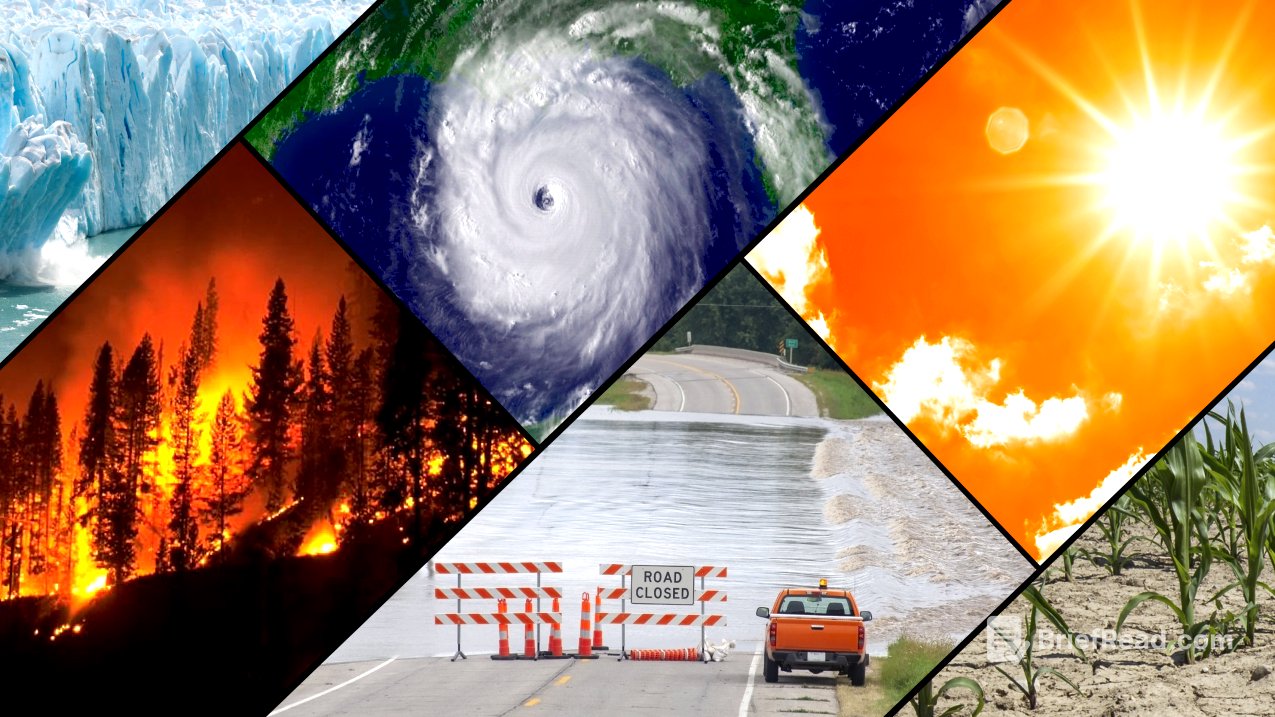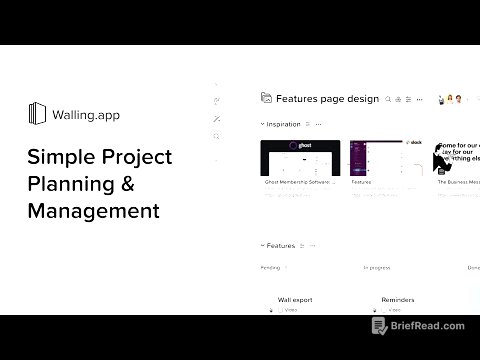TLDR;
This webpage from NOAA (National Oceanic and Atmospheric Administration) provides information about the impacts of climate change on various aspects of our world, including water resources, food production, human health, the environment, and infrastructure. It highlights the ongoing effects of climate change, such as rising temperatures, sea level rise, and changes in precipitation patterns. The page also emphasizes the importance of climate resilience and provides resources for educators to teach about climate change.
- Climate change is happening now and affecting ecosystems and people globally.
- Climate change impacts include rising temperatures, sea level rise, drought, flooding, and more.
- We can lessen the impacts of climate change by reducing emissions and investing in new technology and infrastructure.
Climate Change Impacts
This section discusses the various ways climate change is affecting our planet. It provides data on global temperature increases, sea level rise, glacier shrinkage, Arctic sea ice decrease, and atmospheric carbon dioxide increase. The section also highlights the complex issue of climate change and its uneven impacts across different communities and regions.
Water
This section focuses on the effects of climate change on water resources. It explains how changing precipitation patterns, increased flooding, and drought are impacting water availability and use. The section also discusses the importance of snowpack as a source of fresh water and how climate change is affecting snowmelt patterns.
Food
This section explores the impact of climate change on food production. It explains how higher temperatures, drought, water stress, diseases, and weather extremes create challenges for farmers and ranchers. The section also discusses the potential health risks for farmworkers and livestock due to heat.
Human Health
This section examines the ways in which climate change is impacting human health. It highlights the dangers of heat, hurricanes, wildfires, flooding, and the spread of diseases carried by pests. The section also emphasizes the vulnerability of certain groups, such as children, the elderly, and people with certain health conditions, to climate change impacts.
The Environment
This section discusses the effects of climate change on ecosystems. It highlights the vulnerability of the Arctic, coral reefs, and other ecosystems to climate change impacts. The section also explains how climate change can lead to species adaptation, range shifts, and invasive species proliferation. The section also discusses the issue of ocean acidification and its impact on marine life.
Infrastructure
This section focuses on the impact of climate change on physical infrastructure, such as bridges, roads, ports, and electrical grids. It explains how existing infrastructure may not be able to withstand extreme weather events and how climate change can lead to increased stress on energy grids and transportation systems. The section also discusses the risks posed by sea level rise to coastal infrastructure and the need for resilient infrastructure to withstand future climate risks.
Education Connection
This section emphasizes the importance of teaching about climate change and provides resources for educators. It highlights the Essential Principles of Climate Literacy and the Toolbox for Teaching Climate & Energy. The section also mentions NOAA's professional development opportunities for educators.
Glossary
This section provides definitions for key terms used in the resource collection, such as anthropogenic, climate resilience, ecosystem, emissions, geographic range, heatstroke, infrastructure, risk communicators, socioeconomic inequalities, storm surge, thermal expansion, transpire, waterborne disease.









